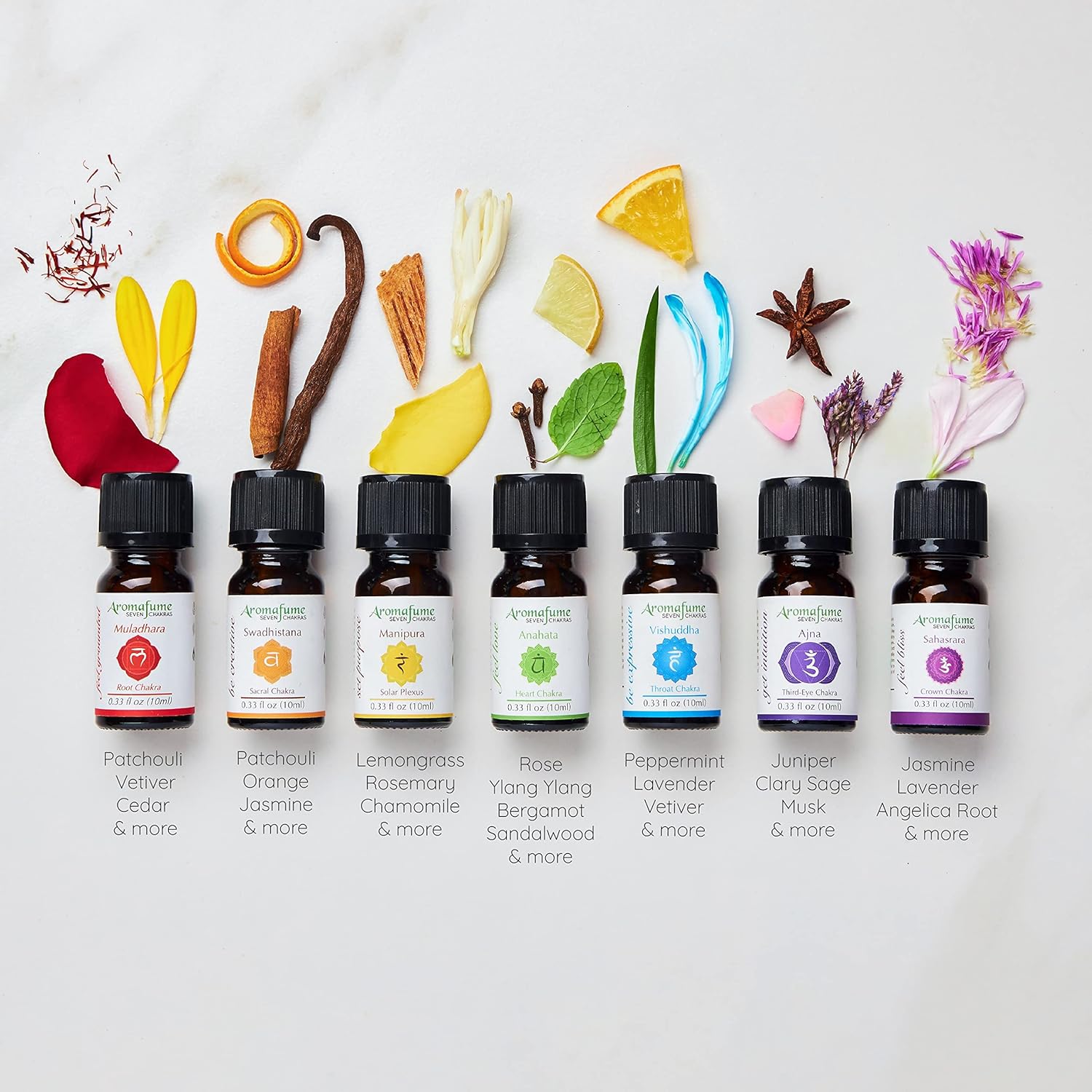“A face holding many stories, struggling to hide; a mask slowly fading away, keeping the truth inside.”
Nobody likes being specified as old, especially when it starts showing in their appearance. Everybody would have chosen to stay young forever with glowing skin and radiance if possible.
But we cannot control this. It is the reality of life, and we cannot run from it.
We have to accept the fact that we all are going to get old, and age will catch up with us. It will start to show up in our physical appearance, mental maturity, and body strength.
However, with proper care, a healthy diet, regular exercise, and mindfulness, you can slow your aging process, stay healthier for a long time, and retain healthy skin for longer periods.
If you are wondering, do you really need skincare in your 40s and beyond?
The answer is yes!
In your 40s, you will start noticing significant skin changes, which may trigger the fear of aging. Therefore, it is essential to better take care of your skin and avoid the signs of aging.
Here, you will learn why skincare in your 40s and beyond is important, the signs of aging, and how you can care for your skin in your 40s.
Why Skincare in Your 40s Is Important?
When you reach 40, your skin starts to change unexpectedly. Naturally, your body will start to produce less collagen, which makes your skin less firm. A reduction in cell turnover can result in a dull complexion.
You do not have to take care of your skin in your 40s only for your appearance, but it is essential for your overall health.
🎭 Interesting Fact
Your skin contains over a thousand species of bacteria, creating a unique ecosystem that changes with age. In your 40s, the diversity of this skin microbiome can influence how your skin reacts to stress, products, and environmental factors.
According to research, nearly 1 in 3 people feel more anxious about their skin as they age, which can affect their self-esteem and mental health. Taking the necessary steps to help you retain your skin’s life and boost your confidence is essential.
Understanding the Signs of Aging
If you have never included a skincare routine before or stopped after a certain time, you may see fine lines, wrinkles, and dark spots becoming more noticeable.
Your skin will start to lose elasticity, become thinner, and be more sensitive to external damage. You may also notice dryness due to decreased production of natural oils.
If you are experiencing all of these changes, then it is an indication that you need a proper skincare routine to address these concerns and increase hydration, protection, and repair.
Key Ingredients to Look for in Skincare Products
You might wonder if aging is a natural process and what you can do to maintain youthful skin in your 40s and beyond. It all depends on choosing the right ingredients to keep a healthy and glowing skin.
Here are some of the essential skincare ingredients that you must include in your daily routine:
- Retinoids for Cell Turnover
Retinoids are sourced from Vitamin A, which is powerful yet essential for stimulating collagen production and speeding up cell turnover. Regular use of this ingredient can help reduce fine lines, wrinkles, and even dark spots. Retinol is a less concentrated form you can start with if you are new to retinoids. Clinical studies have shown that about 68% of individuals who use retinoids regularly see a significant improvement in skin texture.
- Hyaluronic Acid for Hydration
The natural hyaluronic acid in your skin decreases with age, keeping your skin dry. Products that contain hyaluronic acid can help you retain moisture, plumping your skin to give it a more youthful appearance. Look for serums or creams that contain this ingredient for an instant hydration boost.
- Antioxidants for Protection
Antioxidants like Vitamin C and E are the best for protecting your skin from free radical damage. They play an important role in brightening your skin complexion, reducing hyperpigmentation, and promoting even skin tone. Over 50% of premature skin aging is attributed to oxidative stress caused by environmental factors like pollution and UV rays.
- Peptides for Firmness
Peptides are another great ingredient that acts as a building block for collagen and elastin fibers in the skin. Adding peptide-infused products to your routine helps enhance the skin’s firmness and elasticity, which reduces the sagging often noticed in your 40s.
- Sunscreen for Daily Defense
We all hear about how UV rays from the sun harm our skin, which makes it essential to use broad-spectrum sunscreen daily. Exposure to UV rays is the primary cause of premature aging. Constantly applying SPF to your skin will help slow down the development of fine lines and age spots.
👉 Bonus Tip
For a powerhouse effect, layer a peptide serum under your retinoid at night. This combination can boost collagen production and skin repair while you sleep, enhancing firmness and texture over time.
Including highly effective products and ingredients in your daily routine can help you slow the aging process and maintain healthy, glowing skin.
The Role of Lifestyle Choices in Your Skin’s Health
To get healthy, glowing skin, only including the right ingredients is not enough. You must also make changes to your lifestyle choices that promote skin aging to get a better result.
Here are some of the simple changes in our daily habits that can make a noticeable difference in your skin’s health and appearance:
#1: Diet and Hydration
A healthy diet and staying hydrated are essential in your 40s, as what you eat will reflect on your skin. It is crucial to include a diet rich in antioxidants, omega-3 fatty acids, and vitamins to promote skin elasticity and regain a healthy glow. You can incorporate foods like berries, nuts, and fish to help you combat oxidative stress. Similarly, hydration plays an important role, as drinking enough water daily helps you maintain skin elasticity and flush out toxins.
#2: Sleep and Stress Management
A night of quality sleep is essential for skin regeneration. When you are in deep sleep, your body produces collagen and repairs damaged cells. Poor sleep patterns can lead to dark circles, puffiness, and dull skin. Similarly, if you are suffering from chronic stress, it increases the cortisol level, which can break down collagen and lead to inflammation. You can incorporate relaxation techniques like yoga or meditation to reduce stress and keep your skin healthier.
#3: Physical Activity
Another great way to keep your skin youthful is to include physical activities in your daily routine. Regular exercise helps boost blood circulation, which is essential for nourishing your skin cells and keeping them vibrant. Exercising regularly also helps regulate your hormones and reduce stress, indirectly helping your skin. You can start with a balanced workout routine that includes cardio, strength training, and flexibility exercises.
#4: Smoking and Alcohol
Most people who are addicted to smoking and drinking alcohol tend to age early, and it can be noticed in their appearance as well. Smoking restricts the blood flow and drains the oxygen and nutrients from the skin, fast-forwarding aging. Similarly, consuming alcohol dehydrates your skin and causes inflammation. Understanding these effects on the skin, it becomes essential to limit the consumption of alcohol and quit smoking to maintain the natural glow of your skin.
#5: Environmental Factors
Another factor that affects your skin is environmental causes, such as constant exposure to pollution and UV rays. In this case, we can take protective measures such as using sunscreen, wearing a hat, and applying antioxidant serums, which can help protect your skin from these factors.
Quick Question
Which one of your daily habits do you think might be impacting your skin’s health the most—diet, sleep, stress, or sun exposure? How could you tweak it to benefit your skin?
If you choose to live a healthy and radiant life, you must choose to include healthy habits in your daily routines that not only keep your skin healthy but also improve your overall health.
Conclusion
Understanding the importance of healthy skin care in your 40s plays an important role in maintaining it properly. It will not only help you retain healthy skin but also boost your confidence, and with a healthy diet, you can cover up the deficiencies in your body.
You can incorporate ingredients like retinoids, hyaluronic acid, and antioxidants into your routine and change your lifestyle choices to keep looking radiant and youthful.
It is never too late to start your skincare routine and take care of it. You can turn your 40s into a decade of glowing and healthy skin with the right approach.
“A face freed from the burdens, with nothing to hide; a mask gently slipped away, revealing the truth with pride.”
Challenge: 7-Day Skin Glow Routine
- For the next 7 days, commit to the following daily skin-boosting habits:
- Morning: Start your day with a glass of water and apply a moisturizer with SPF.
- Midday: Take a 5-minute break to stretch or do a quick meditation to reduce stress.
- Evening: Cleanse your face and apply a serum with hyaluronic acid or peptides before bed.
- Bonus: Swap one processed snack with a skin-friendly option like nuts or berries each day.
- Keep a journal to note down how your skin feels and looks at the end of each day.
- At the end of the 7 days, reflect on which habit made the most noticeable difference and challenge yourself to continue it for the next month!













































